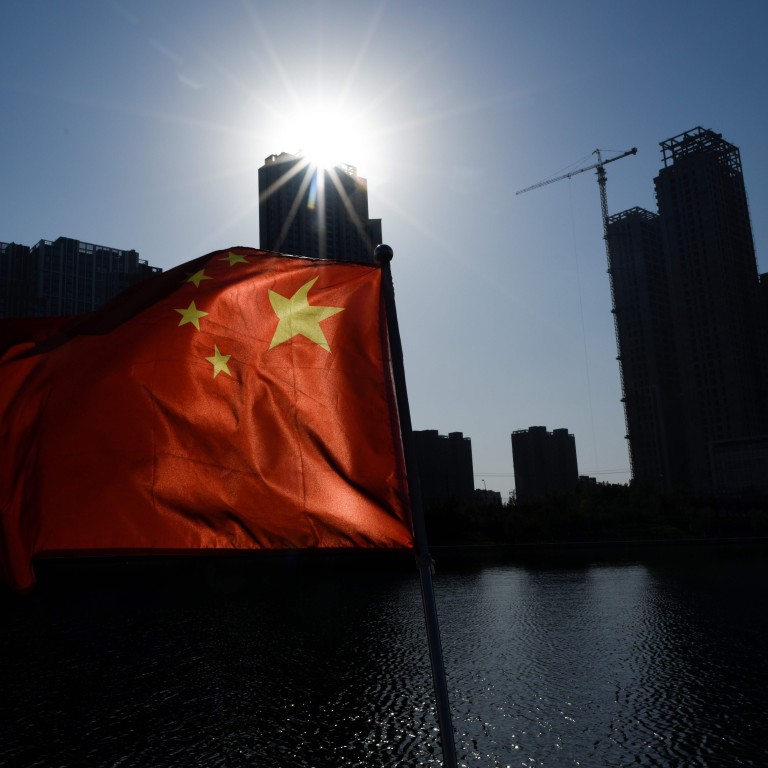
China is Asia’s No 1 military, economic threat: US commerce chief Wilbur Ross
- He also calls on Beijing to honour the US-China interim trade deal after it announced its recovery from the coronavirus outbreak
- Beijing has bought around 70 per cent of its target for US agricultural products under the deal, but less of other items, Ross says
“China continues to be both the largest potential market and the principal military and economic threat in the region,” Ross said in a recorded keynote speech at the Milken Institute 2020 Asian Summit on Tuesday.
Ross said at the summit that China had implemented 57 technical commitments and bought over US$23 billion worth of an agreed target of agricultural products.
“That’s around 70 per cent of the agreed total, but unfortunately they have purchased [lower] percentages of other items,” he said, without elaborating.
“Now China has announced its recovery from the pandemic, we hope they will meet the [deal’s] two-year target,” he said.
In an interview last week with The New York Times, Biden said he would not immediately remove tariffs on Chinese goods without a full review of the interim trade deal and consultation with allies.
Chinese Foreign Minister Wang Yi said on Monday to a group of US executives that Beijing would fulfil its commitments under the deal, Reuters reported, citing US-China Business Council president Craig Allen.

01:15
Chinese Foreign Minister Wang Yi puts forward 5 proposals for more stable China-US ties
Wang also called for resuming economic dialogue and proposed to resume talks on a bilateral investment treaty, which ended without conclusion at the end of the Barack Obama administration.
Ross defended Trump’s withdrawal from the Trans-Pacific Partnership trade pact, the Iran nuclear deal and the Paris climate accord, but said the United States had continued its economic collaboration with Asia.

